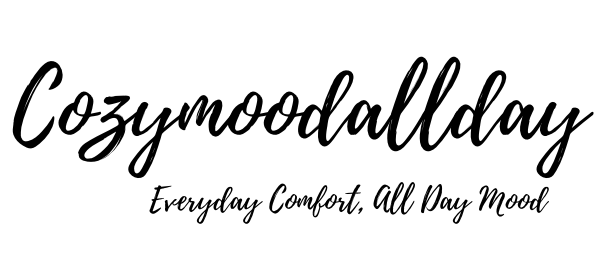Table of Contents
Yoga has been practiced for centuries, and how pleasant it is to know one can reap the benefits of improved flexibility, increased muscle tone, and mental clarity yoga has to offer, in just a few minutes daily. The greatest part is that one does not need to train for hours, as a simple sequence of poses can energize the body, immensely reduce stress, and strengthen the body. Below are 10 yoga poses for a daily yoga routine you should do every day to maintain your balance, along with tips to make the practice effective.
1. Cat-Cow Pose (Marjaryasana-Bitilasana)
This pose helps to perform warming exercise during a class and helps to ease tension during the class by relieving. The smooth transitions and the realignment of the posture helps to get the spine in shape. Quite a few yoga instructors have put forth the idea that Cat-Cow is one of the best classes to take on a day to day basis to implement backbone rejuvenation and realignment in. It helps in increasing the blood circulation to relieve tension and muscle stress along the spine. Every practitioner at this stage will be best advised to slow down and bring focus to each posture.”
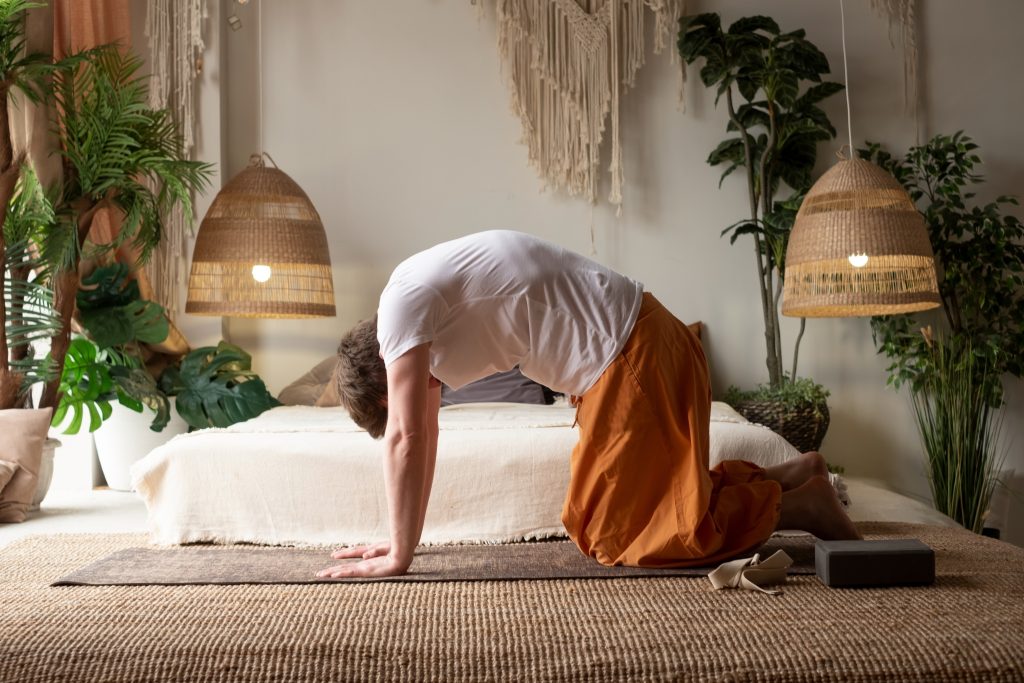
2. Downward Facing Dog (Adho Mukha Svanasana)
Neat freaks and free spirits alike can appreciate the subject of this essay: the Downward Facing Dog. From the inverted ‘v’ the body makes, to the increased hamstring, calf and shoulder flexibility, to the increased range of motion in the spine, this asana stretches the entire body. As you press your hip and head down to the mat, arms and shoulders are also getting stronger. It also aids in blood flow and circulation. The head being lower than the heart is often invigorating, but can also soothe the down dancer. This is also the position, when the spine is aligned, to improve posture and ease stiff backs. Downward Dog also focuses on strengthening the muscles in the spine.
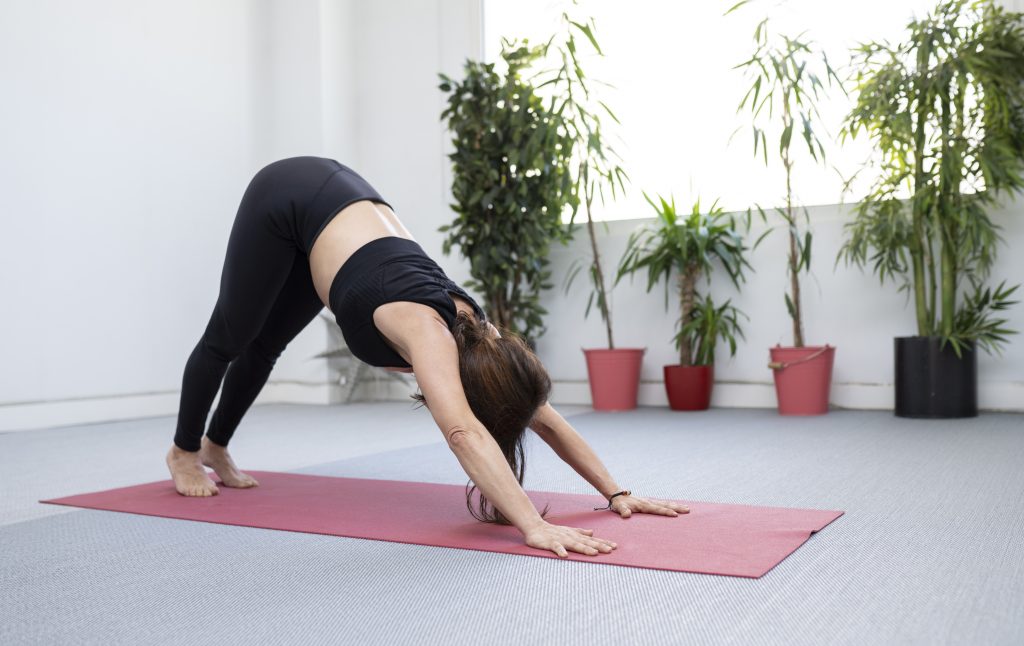
3. Child’s Pose (Balasana)
This restorative pose involves sitting back on your heels, chest lowered toward your thighs, and arms either stretched forward or relaxed at your sides. It gently stretches the lower back, hips, thighs, and ankles. More importantly, Child’s Pose activates the body’s relaxation response. A child’s pose also lightly compresses the belly against the thighs, which can stimulate digestion by massaging internal organs. Take slow, deep breaths while in Balasana, feel your back expand and contract.
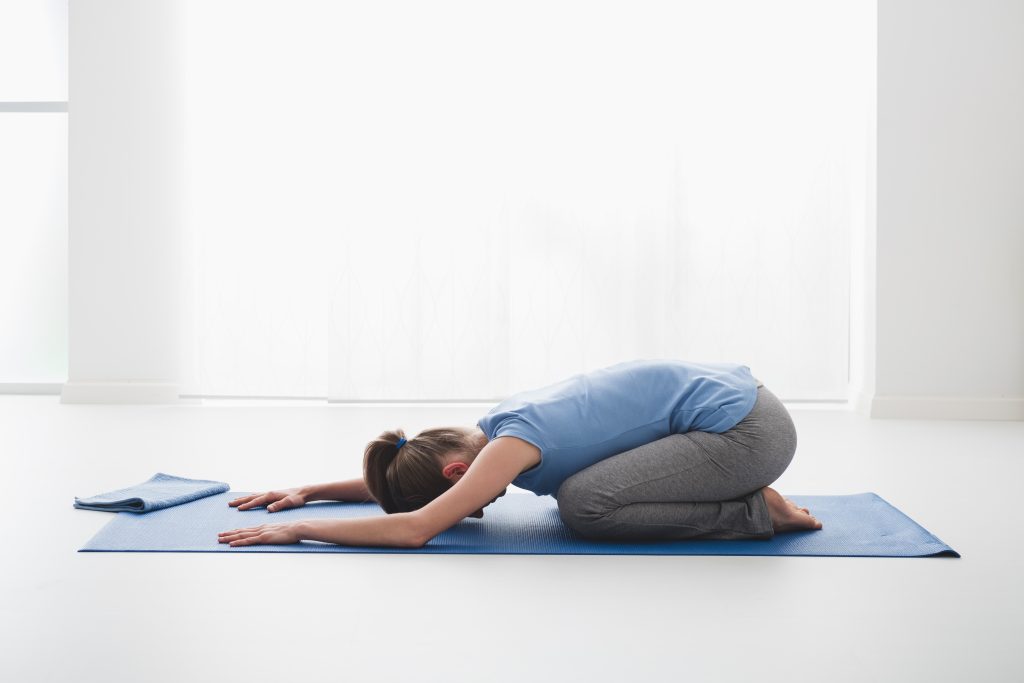
4. Mountain Pose (Tadasana)
Although Mountain Pose may seem as simple as ‘standing up straight,’ it is actually the foundation of all standing poses and greatly improves one’s posture and balance. In Tadasana, one aim is to stand tall with feet together, arms by, and shoulders relaxed. Focus on “stacking” your ears, shoulders, hips, knees, and ankles in one line, this alignment improves your postural awareness and counters the effects of slouching. Try pausing in Tadasana each morning to center yourself; feel the even distribution of weight and take a few mindful breaths. It’s a great way to increase body awareness and start the day with good alignment .
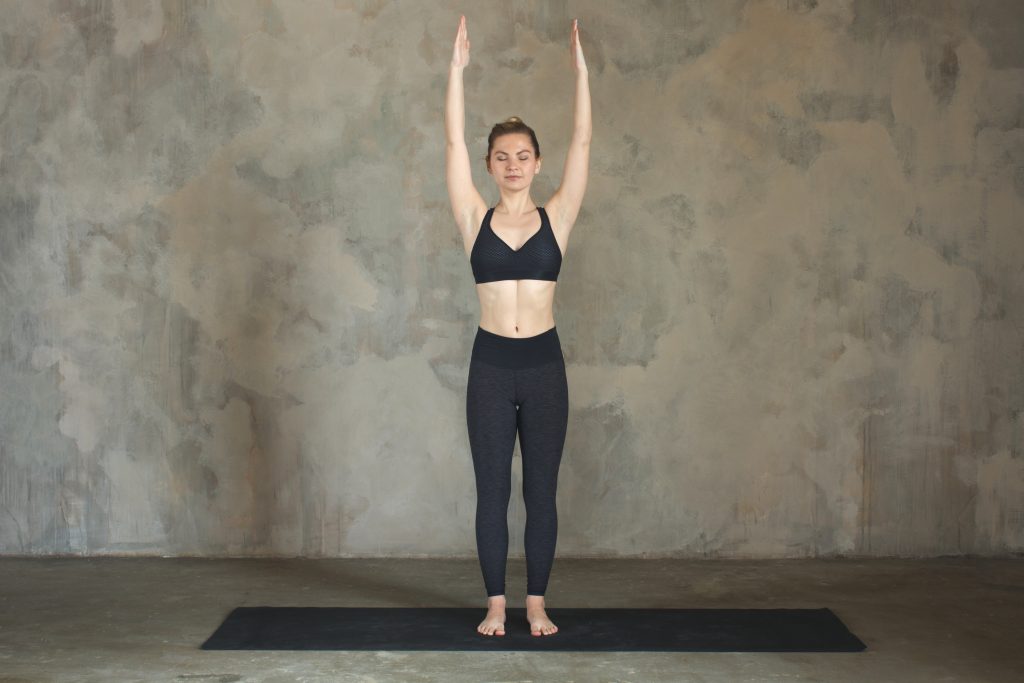
5. Cobra Pose (Bhujangasana)
Bhujangasana, also known as Cobra Pose, focuses on lengthening your spine while also stretching the front of your body. To practice Cobra, you may also need to open your chest and lungs, feeling your chest “expand,” while adding lung capacity as well as more profound and controlled breath. Moreover, the everyday practice of Cobras can soothe stiff or ache lower backs. The gentle arching of the spine and increasing back muscle engagement may also increase spine flexibility and ease back stiffness. Over time, people have also reported satisfaction in reduced back pain, and an increase in posture. The pose’s inversion of the upper body also allows you to stream a fresh supply of blood to your heart and head, resulting in your invigorated feeling. Lastly, remember to use your back muscles more than your arms to lift while also keeping your shoulders down.
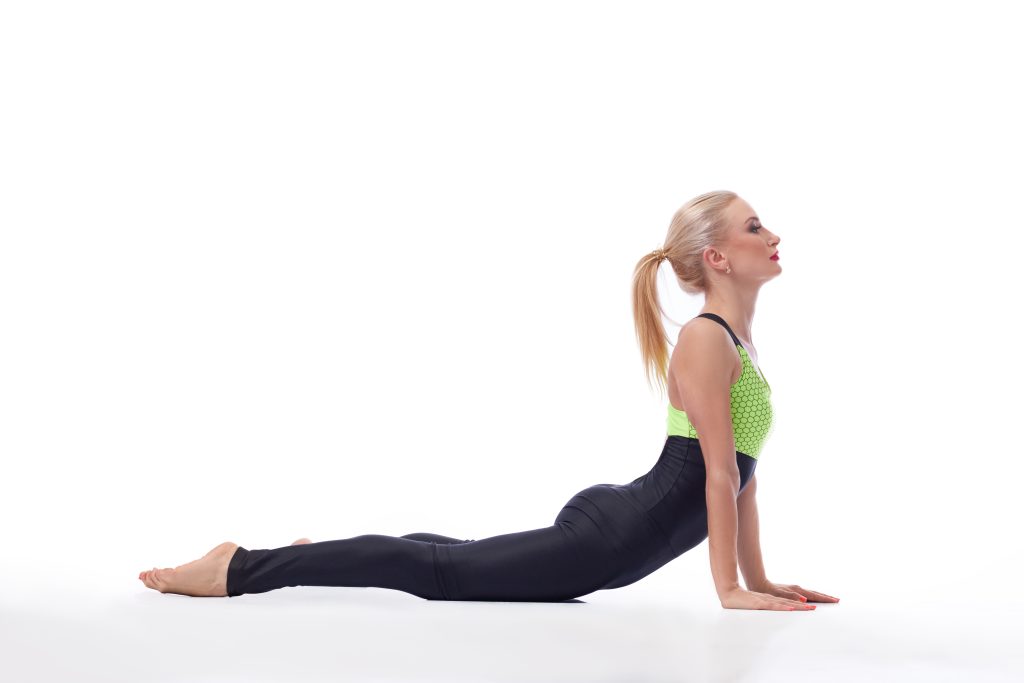
6. Bridge Pose (Setu Bandhasana)
Bridge Pose targets the supple spine to produce the gentle arch when lying supine with knees bent and hips raised toward the sky and the hands stationed on the base of the spine to hold the pose. While feet are pressing onto the ground, Bridge Pose strengthens the legs and buttocks, the gluteal muscles, and the lower back as well as the torso: the torso is enthused with a heart dwarf while the gliding arms, chest, and shoulders are freely opened and the hip flexors get a sparkle of welcome. The other wonderful thing possible while doing Bridge Pose is the heart of the pose lets you breathe more easily and deeply, opening the heart to a profound inhale, and a stretch which may enhance the function of the lungs. The gentle inverse Bridge Pose with core integration helps to facilitate the easy, visceral illumination of the abdomen which heightens digestion and thus assists in the gentle waking of the whole body.
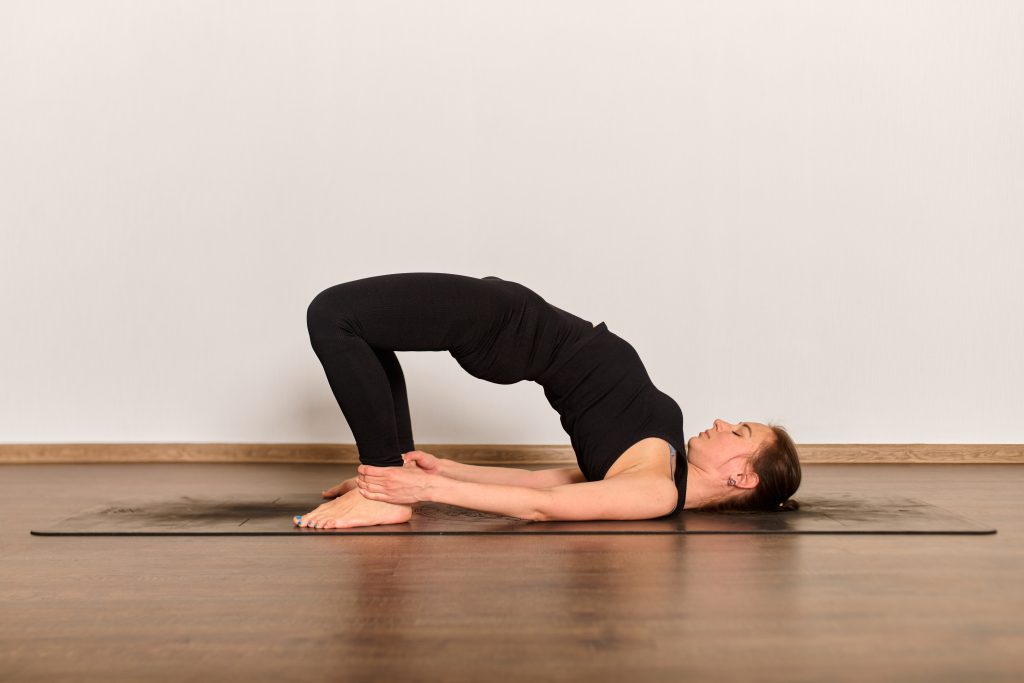
7. Warrior II Pose (Virabhadrasana II)
Warrior II is a fierce standing posture, a pose that radiates confidence and power. To perform Warrior II, a person must stand with legs spread wide and, with one leg, step sideways, bend it with the foot horizontally extended, and stretch the remaining arms parallel in the opposite direction, with one parallel to the ground, and the other down. The endurance as well as muscle toning aspects of this pose are most apparent in the thighs and the glutes. It also strengthens the upper arms and the shoulders, thanks to the Warrior-II configuration. Warrior II is also beneficial in extending the hips and inner thighs in the legs. Gaining confidence in leg muscles and alignment is most easily done by staring at the image in a mirror, where the placement of the front knee is expected to be above the ankle and the back foot is expected to be well-stabilized to the floor. Gaining confidence in leg muscles and alignment is most easily done by staring at the image in the mirror where the placement of the front knee is expected to be above the ankle and the back foot is expected to be well-stabilized to the floor.
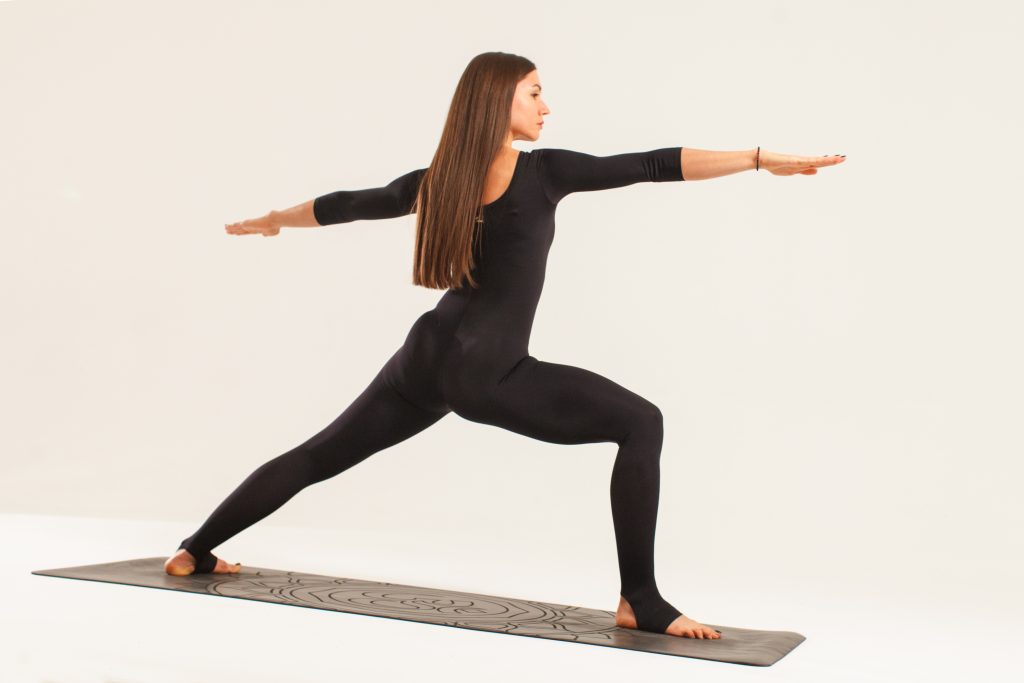
8. Tree Pose (Vrikshasana)
Tree Pose offers the chance to master a one-legged balance. Which can soften the day’s busyness and restore calm. Start to balance on one foot and then place the sole of the other foot on the thigh (or calf) of the other leg. Try your best not to wobble. It’s all a part of the Tree Pose practice. Tree Pose works your legs. Exercising the ankles, calves, and thighs of the standing leg helps you keep upright. Coupled with your core, they engage and create stability. Over time your balance and coordination receives a positive boost.
Tree Pose is also respected for improving mental focus and attention. While practicing the pose, you usually concentrate on a single still object. This allows the mind to rest and calms the overactive thoughts. It’s also the reason why people love and appreciate the Tree Pose relaxation technique. Finally, don’t forget to balance by doing the pose on the other leg. This will help you stay symmetrical and balanced in strength.
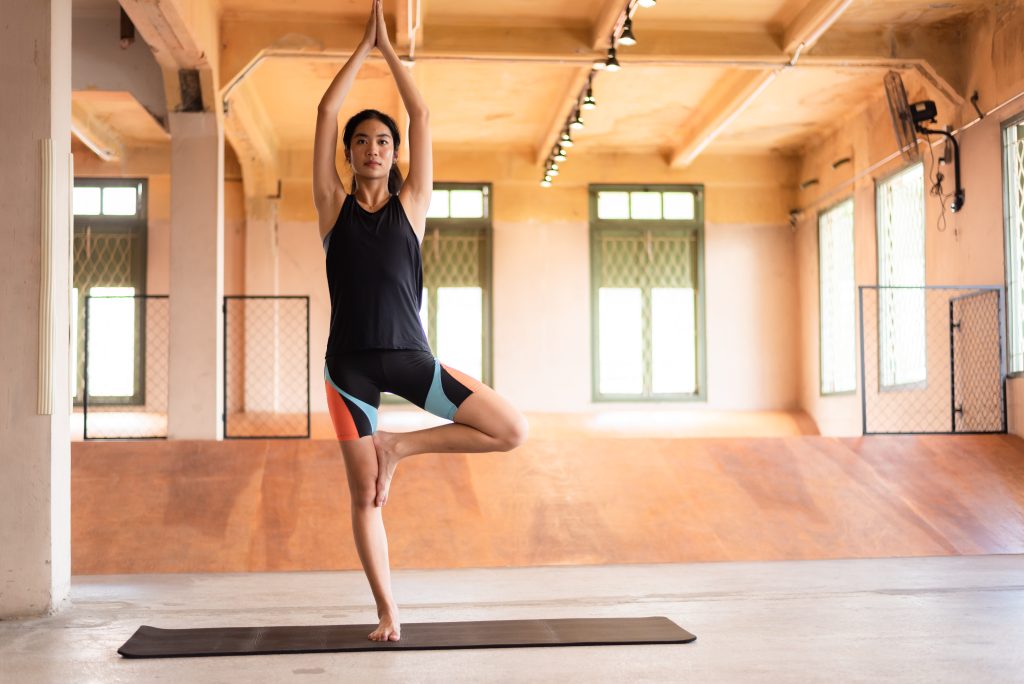
9. Seated Forward Bend (Paschimottanasana)
This classic seated stretch targets the entire back side of your body. From a sitting position with legs extended forward, you hinge at the hips to reach toward your toes (or shins, or knees, wherever you can reach comfortably). This pose provides a deep stretch for your hamstrings and lower back. It’s normal if your hamstrings feel tight; with consistent practice they will lengthen, improving your flexibility. Beyond the muscular stretch, this forward fold has wonderful internal benefits.
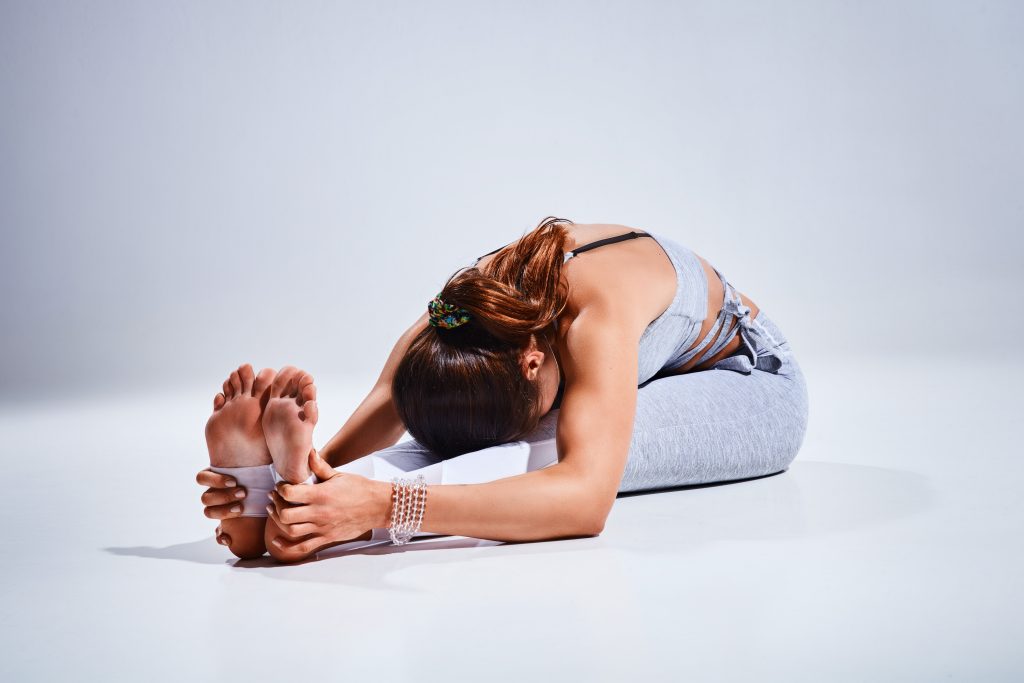
10. Corpse Pose (Savasana)
At first glance, Corpse Pose (lying flat on your back doing nothing) seems like the easiest yoga pose, but it can actually be one of the most challenging for many people to fully relax into. This lets you fully immerse yourself in the aftermath of your yoga practice. On a physiological level, Savasana puts your body in the “rest and digest” mode of the parasympathetic nervous system. This causes your heart and blood pressure to lower and the levels of stress hormones to decrease resulting in a deep calm state.
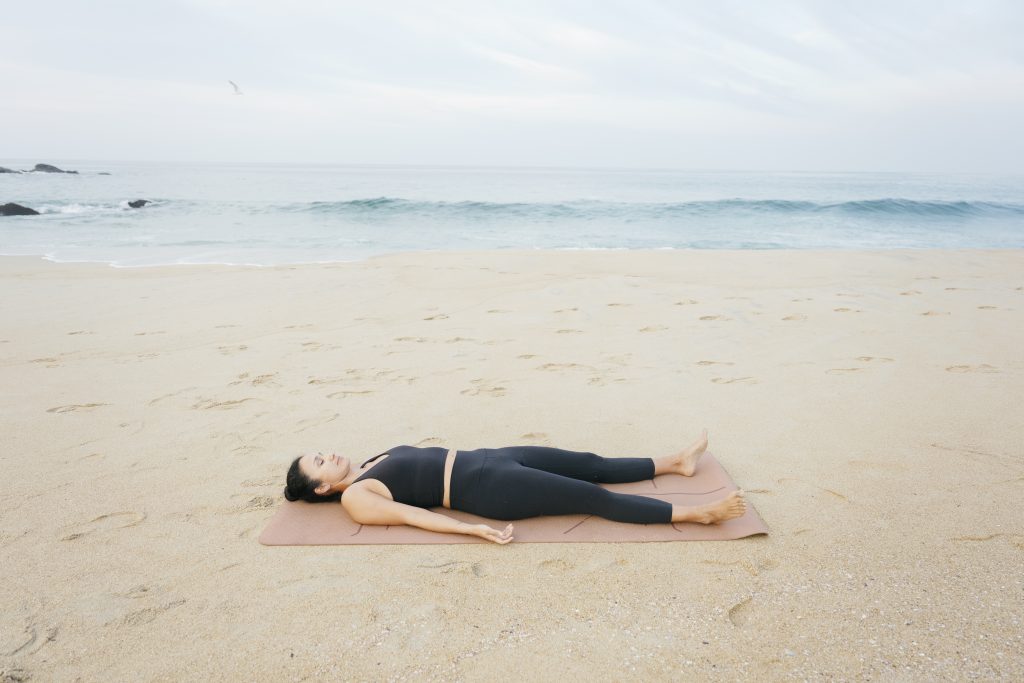
The Gentle Path to a Daily Yoga Routine
Ease into it. Start with 5-10 minutes every morning. The moment getting on the mat starts feeling second nature, it’s almost a guarantee you will be mentally prepared to devote more time. Little chunks over weeks lead to substantial changes.
Move with intention. When every movement feels harmonious, the practice becomes a ritual rather than a task on your calendar as you anticipate it.
FAQs About Daily Yoga Practice
Q: What length of time do you recommend for each pose?
A: Quite a number of people and Yoga instructors find mornings to be the perfect time for Yoga sessions, especially first thing after they get out of bed.
Q: Do I need any special equipment for these yoga poses?
A: One of the best things about yoga is how little you need to get started. A yoga mat is nice for cushioning and grip, especially on hard floors, but if you don’t have one, a carpet or some grass is just fine.
Q: I’m new to yoga. Are these poses really for someone like me?
A: Yes, for sure! Each of these 10 poses welcomes beginners, and you can easily adjust them based on how your body feels. If you’re carrying a specific injury or concern, a teacher can offer tailored tweaks, yet these poses are grounded, gentle, and safe when you move with attention.
Q: How soon will daily yoga start to pay off for me?
A: Everyone’s different, but many folks say they feel a difference in just a couple of weeks when they stick to daily practice. The trick is to be consistent. Think of yoga as a lifelong companion rather than a shortcut, and the good changes will unfold in their own time. Enjoy the path, and the results will follow.
Conclusion
Absorbing the aforementioned ten poses each day strengthens the calm focus of the bodily self and mind. In a few minutes of the day, the range of motion can be refreshed, posture can be lifted, muscles toned, and worries subsided. The unwound and brightened body, coupled with the softened and clarified mind, creates the condition to loop the well-being in everyday routine.



